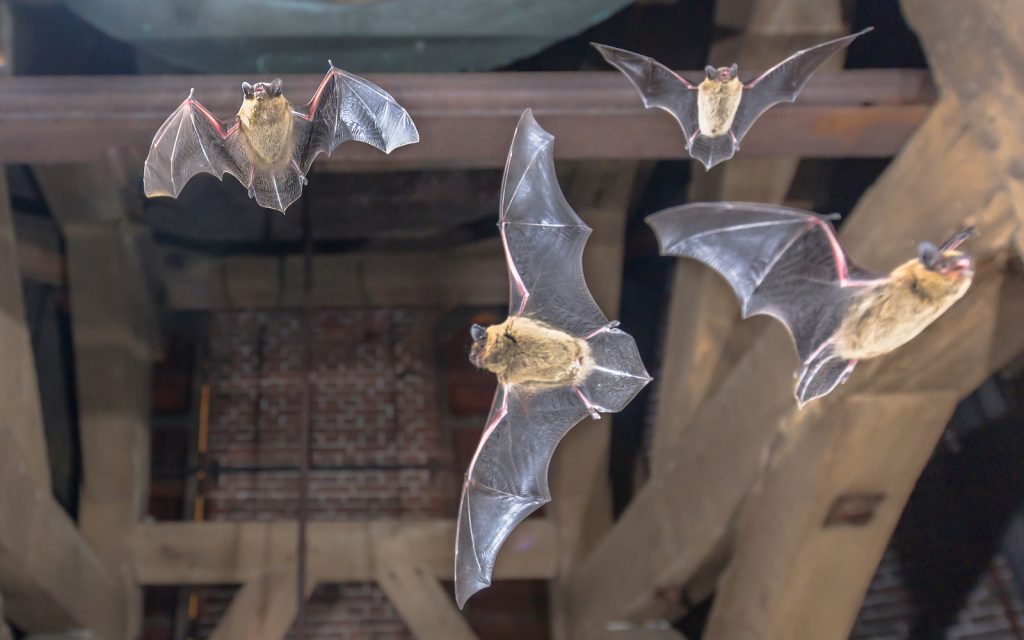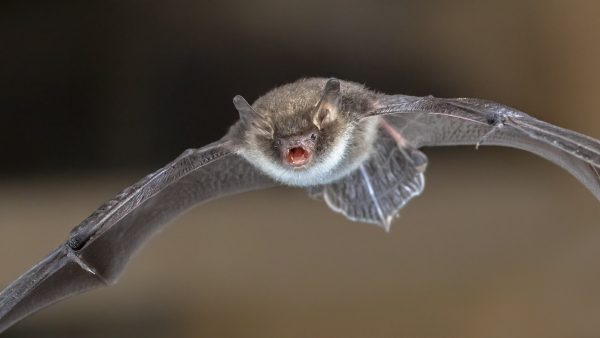When it comes to getting rid of bats, you don’t have to wait endlessly for a solution. You can get the job done right, the first time around, with these three easy steps!

Nuisance bats are dangerous to have around if they are too close. Not only do they carry transmissible diseases and parasites, like Rabies, they can also invade interior areas of a property and cause a long list of costly, structural damages. If you suspect that bats are becoming a problem nearby, it is important to act fast. The longer you wait to correct a nuisance wildlife issue, the higher the risk of damage and cost to repair such damage.
Whether you have bats around or inside, follow these 3 steps for a fast and safe solution:
❶ Emergency Bat Removal
If you have a dead or injured bat on your property, a bat in the house, or bats in the attic, you need emergency bat removal service. Most companies operate on a 24 hour basis to provide emergency bat extraction services because bats are dangerous. See our blog, “Why are Bats Dangerous?” to learn why. If you have a bat in the house, shut off all entry ways to the area except one so to encourage the bat to fly out on its own. Separate yourself and your loved ones, including pets, in another room that is closed off from the bat while waiting for bat removal professionals to arrive.
❷ Environmental Modifications
One of the most important and effective tasks you can take on yourself to thwart bat activity around your property is to make some influential environmental changes to your landscaping to reduce bat’s interest in your premises. For instance, remove or obstruct anything that can provide shelter for bats, such as log and compost piles, old treehouses or bird houses, hollowed trees, and large rock crevices.
❸ Professional Bat Control
Once you have molded your landscape into a bat-free zone, it is necessary to hire a professional bat control company to inspect and repair the exterior of your home or building for openings, gaps, and similar vulnerabilities that bats can squeeze through. Included with your professional preventative maintenance services, you should consider having some bat abatement technology installed in order to scare bats away without harming them, such as motion-sensor lighting, automatic sprinkler systems, ultrasonic sound emitters, and more.
24 Hour Bat Removal Services You Can Trust
Call 317-535-4605 for bat removal and control in Indianapolis, Indiana. We are highly-trained and DNR licensed bat removal contractors that offer a wide range of non-lethal bat exclusion and extraction services for residential and commercial properties. We also offer bat cleanup, bat damage repair, and bat-proofing services. Call 317-535-4605 for Indianapolis bat removal you can trust.



